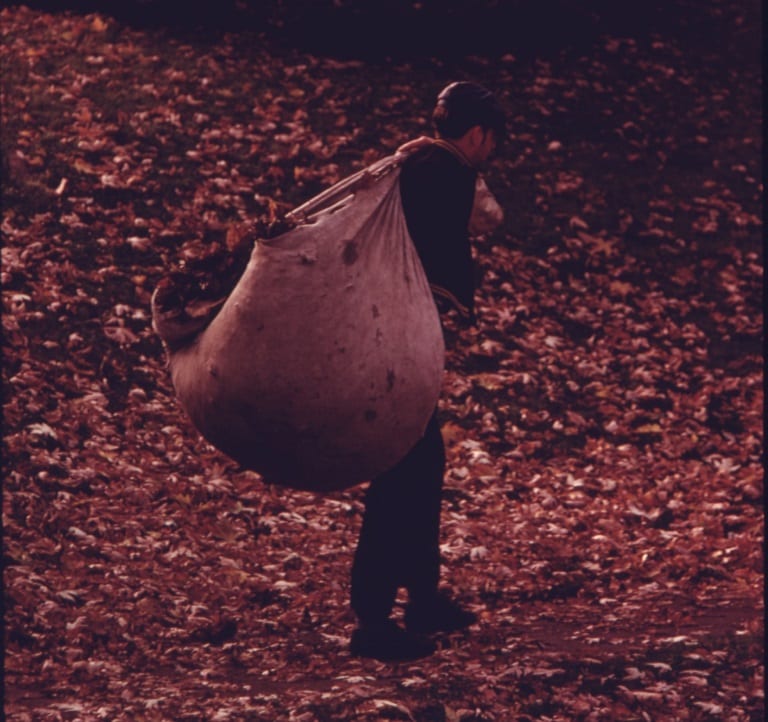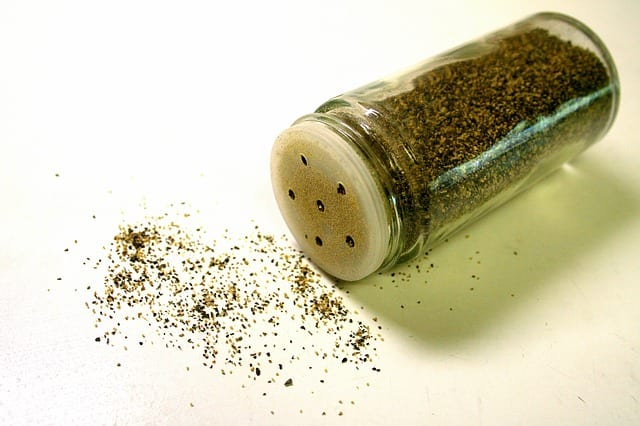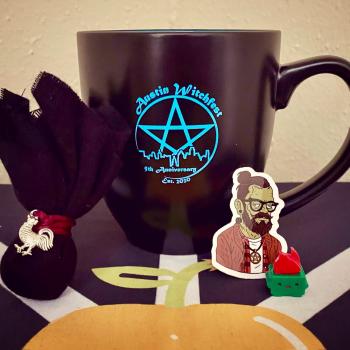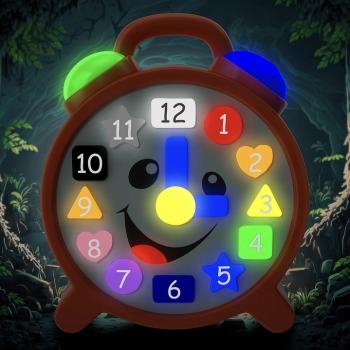I didn’t really have any mentorship when I first got interested in magical herbalism, although I lived in the Greater Houston area, so what I did have was access to an abundance of occult and New Age bazaars: If I wanted to do some witchcraft but didn’t have any good greenery to futz with, I could just run over to Body Mind and Soul, or Elemental Magick, or Karmic Fortune (previously known as Ruby Rabbit), or Lucia’s Garden, or the Magick Cauldron, or Metaphysical Matrix, or Rhyandra’s, or Simply Magick, or the Stanley Drug Co., or Tranquil Thymes, or Temple’s Gate, or the Witchery and buy whatever I needed. And while only BMS, the Cauldron, and the Witchery remain from those days, Absolem’s Midtown Mojo Manufacturers, Celtic Odyssey, Indigo Moons, Ms. Kurvy Girl, Pixie’s Intent, Raven’s Moon, and the monthly Thorn & Moon Magickal Market have risen up to fill out the ranks. Plus we have around 70 botánicas and yerberias.
I’m just saying we’re good on herbs.
Thing is, I learned a lot about where to shop for herbs, and how to properly weigh them, and who had the best selections and best prices, but I didn’t learn much about the properties of the herbs themselves, nor how to identify them without a label, nor how they relate to one another. So if I was working on a spell for eloquence that called for deer’s tongue, it wouldn’t occur to me that bay leaf might make an effective substitute. Or I would go crazy trying to track down slippery elm bark for a spell to stop gossip, not realizing that clove buds would’ve worked just as well.
Just a Pinch Between the Cheek and Gum
It also took me a while to understand that unless I was making potpourri in bulk, I would never need more than a teaspoon of any given herb for a magical working. But herbs are usually sold by the ounce, so that’s what I would purchase, regardless of what alternatives I might already have at home. And I didn’t quite grasp that an ounce of light, leafy, finely-chopped material goes a very… very… long way. (See title of post.)

Witchcraft is a practice, and just like any other, you’ve got to get a good handle on the basics before gathering up all the super-specific stuff you may or may not ever use. Like, listen, I know you want to buy that asafoetida, because it’s got an awesome name and just seems terribly witchy overall, but I promise there is very little chance you will ever need it. First off, it’s primary, historical use is to make pacts with demons, and there are any number of ways to do that that don’t involve a taproot with an odor traditionally referred to as “devil’s dung.”
The Dirty Dozen
The best rule of thumb when stocking up on herbs comes from something Athena tells Ted the Bellhop in the first scene of Four Rooms: “Mostly what we need is from the kitchen.” With that in mind, here are 12 herbs that I recommend any newly-stamped witch have in their cupboard, all of which can be found reasonably priced at your friendly, neighborhood Safeway:
- Allspice
- Basil
- Bay Leaf
- Chamomile*
- Cinnamon
- Ginger
- Marjoram
- Mint*
- Pepper
- Rosemary
- Thyme
- Vanilla
I don’t want to get into specific attributes and correspondences, mainly because there are tons of excellent resources out there that cover the topic much better than I ever could (my favorites being Cunningham’s Encyclopedia of Magical Herbs and Hoodoo Herb and Root Magic). Suffice it to say, all of these herbs have a variety of uses, and they can be mixed and matched in what I think of as “broad strokes” witchcraft:
- A sachet of basil, marjoram and rosemary will make a home safe and peaceful.
- Allspice, cinnamon and thyme will draw money.
- A bath with chamomile and mint will remove a hex.
- Add rose petals to ginger and vanilla to make a love charm.
- Throw black and red pepper in with some salt to banish the crap out of ne’er-do-wells.
There are other common herbs that come in handy for more tailored work, but if you need to cast a spell right this very second, at least one of the above will get the job done.

Did I say 12? I meant 13.
The only herb not on this list that’s definitely worth having around is lavender. It’s not normally available at the grocer’s, but it’s still easy to find and multi-purpose as all get-out, plus it can take the place of pretty much anything you don’t have on hand. Casting a love spell? Lavender. Warding against the Evil Eye? Lavender. House smell like week-old curry left out in the sun because you burned a bunch of asafoetida to make a pact with a demon even though I specifically told you not to? Lavender.
I mean, lavender won’t get rid of a demon, but it might make him feel pretty. Which will at least be a point in your favor.
*Asterisk
Most of these herbs can be found in the Spices and Seasonings aisle, with the exception of chamomile and mint — for those, you can bop over to Coffee and Tea. (Just make sure you’re getting a tisane that’s nothing but chamomile or mint, versus a blend with multiple ingredients. Fun fact: Valerian, which is often included with chamomile for nighttime teas, is also used to make pacts with demons. You can totally still drink it to treat insomnia, but, y’know, maybe don’t chant over it while it’s brewing.)


















